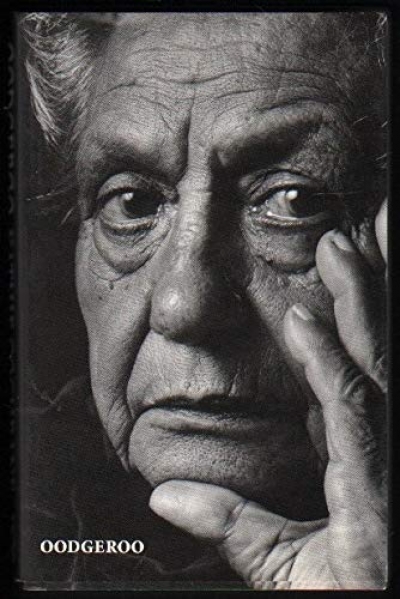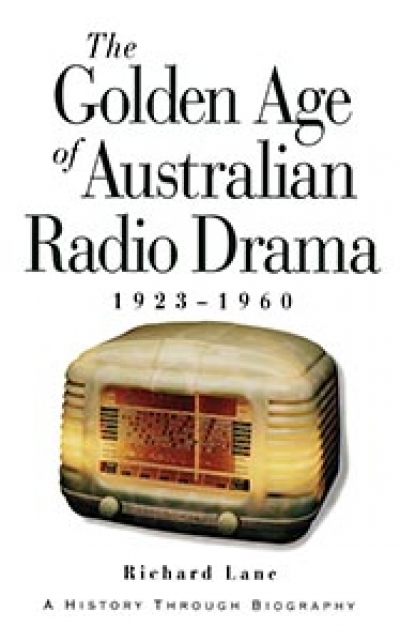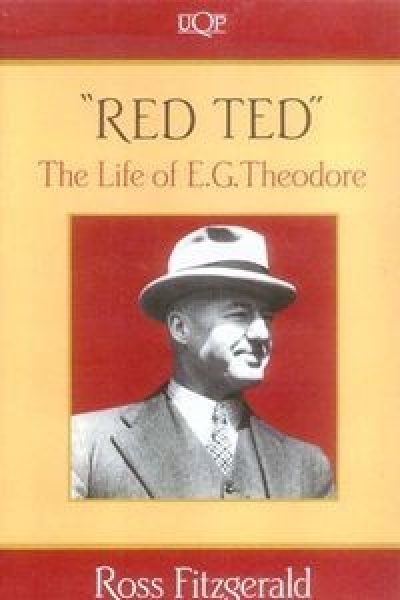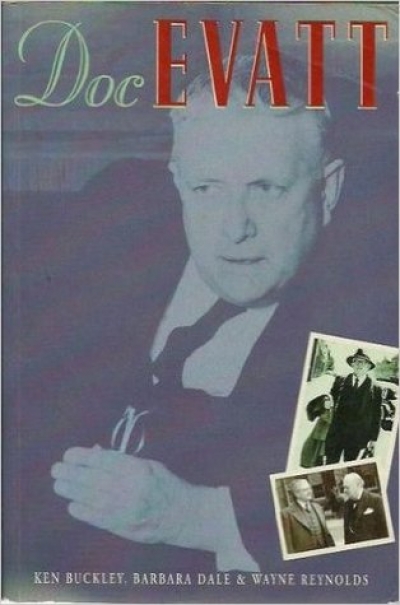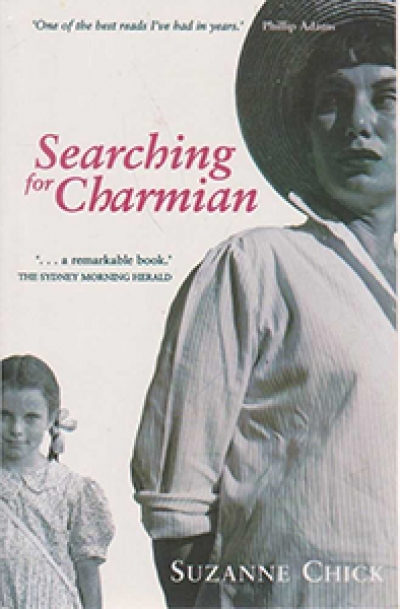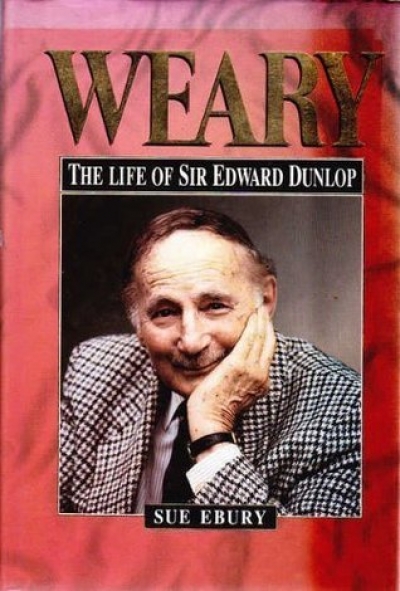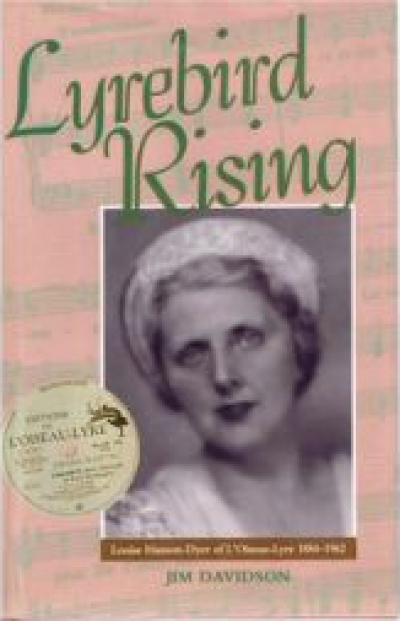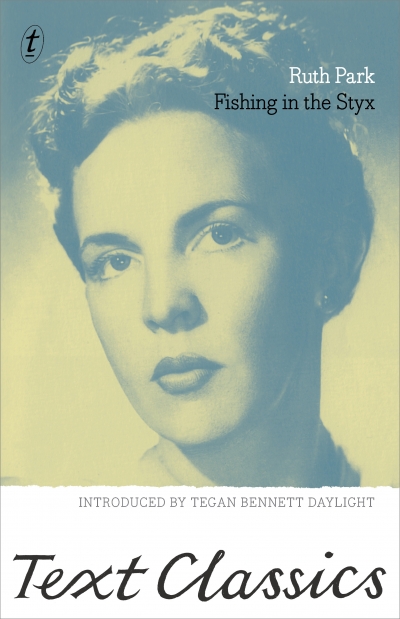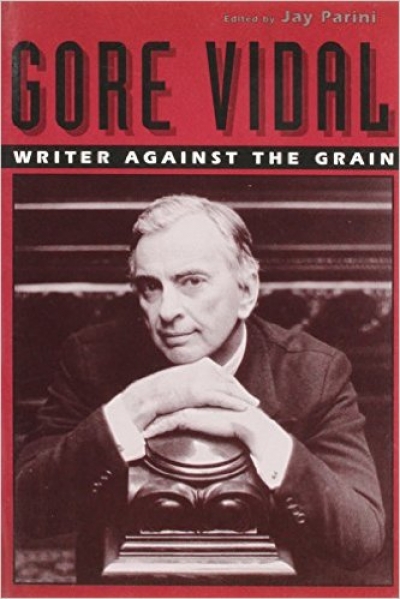Biography
The Golden Age of Australian Radio Drama, 1923–1960: A history through biography by Richard Lane
by Rodney Wetherell •
'Red Ted': The Life of E.G. Theodore by Ross Fitzgerald
An Officer of the Blue: Marc-Joseph Marion Dufresne: South Sea Explorer, 1724–1772 by Edward Duyker
by Oscar Spate •
Doc Evatt: Patriot, Internationalist, Fighter and Scholar by Ken Buckley, Barbara Dale and Wayne Reynolds
Lyrebird Rising: Louise Hanson-Dyer of l’Oiseau-Lyre, 1884–1962 by Jim Davidson
by Thomas Shapcott •

